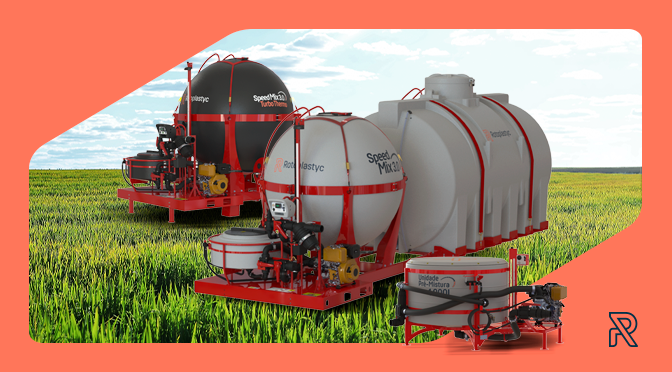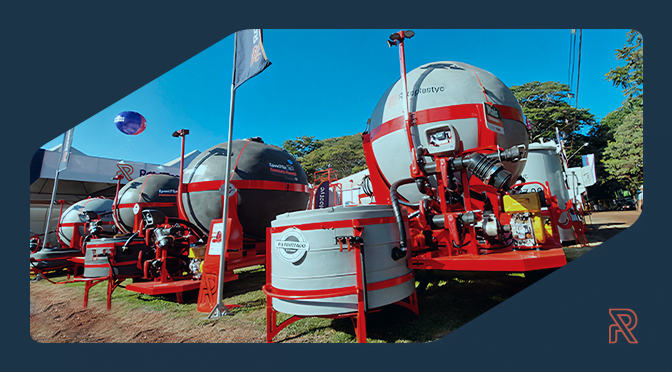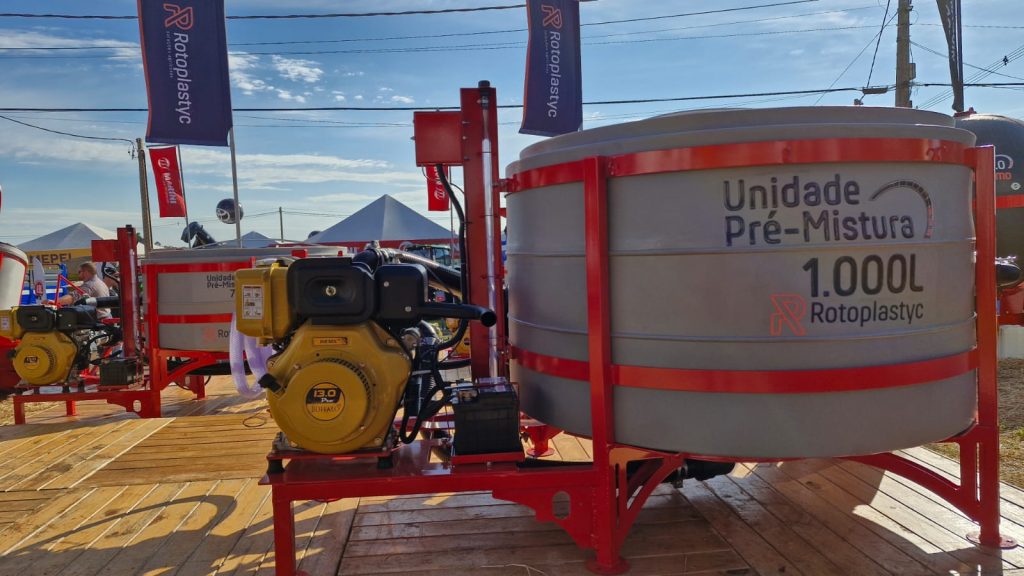Horizontal or Vertical Tank: Find Out Which Best Suits Your Needs
Rain or shine, in the world of agriculture, management strategies need to be carefully planned. Choosing between a horizontal or vertical tank, for example, can significantly impact on the logistics of your farm operations.
In this post, we’ll go over the characteristics of both horizontal and vertical tanks, presenting their main functions, advantages, and the best scenarios for each model.
You’ll also find tank options in different capacities to help you make an informed decision about which type best meets your needs.
Enjoy the reading!
What Are Storage Tanks Used For?
As the name suggests, they are primarily used to store liquids that are essential to the operation of agricultural properties. Crucial for preserving the contents, these containers help care for crops and livestock.
Polyethylene models, in particular, offer several advantages for agriculture. We’ve listed the key benefits in this article.
When choosing the right type of tank, consider factors such as:
-
The volume of liquid to be stored;
-
Available space;
-
Transport and installation logistics;
-
The level of durability the material offers.
What Types of Liquids Can Be Stored?
Both vertical and horizontal tanks can be filled with a variety of products. In rural contexts, the possibilities include:
-
Drinking water: for human and animal consumption.
-
Irrigation water: for crop management.
-
Liquid fertilizers: essential for healthy crop growth and development.
-
Fuels: for quick refueling of machinery and vehicles.
On that note, we have produced a comprehensive guide on the safe and efficient storage of diesel and biodiesel to help optimize your farm operations. Check it out!
Which Option Is Best for Your Property?
Choosing between a horizontal or vertical tank depends on your storage needs. We’ve outlined the characteristics of each model to help you visualize the differences:
Horizontal Tanks
They are widely used in the field due to their versatility and ease of installation. They are designed to be installed directly on the ground or on supports, making them ideal for areas with height restrictions.
Among the advantages these tanks offer to producers, we highlight:
-
Stability
Thanks to their elongated shape and low center of gravity, horizontal tanks offer greater stability, especially on uneven terrain. -
Ease of transport
Their low and long profile makes it easier to transport them by truck or trailer. -
Various capacities
Available in multiple sizes, such as the 3,000-liter horizontal tank and the 10,000-liter model, to meet different needs. At Rotoplastyc, we currently offer horizontal tanks ranging from 200 to 15,000 liters.
Vertical Tanks
Designed to maximize storage capacity in areas with limited space, they are ideal for farms that need to store large volumes of liquid but have limited horizontal space.
Those who choose this model enjoy several benefits, such as:
-
Space optimization
Taller and occupying a smaller footprint, vertical tanks are perfect for compact or confined areas. -
Accessibility
Their structure allows easier inspection, maintenance, and repairs, as components are more accessible from the top. -
Various capacities
Like horizontal models, vertical tanks can store a wide range of liquid volumes. Here, you can check out our 3,000-liter and 5,500-liter options.
The Choice Depends on Your Goals
Before choosing between a horizontal or vertical tank, consider the factors mentioned above, such as available space, logistics of your operations, and, of course, the capacity needed to meet all your crop requirements.
Now that you know the main features and benefits of each tank type…
Explore our polyethylene horizontal and vertical tanks. In addition to being highly durable, they feature modern designs that prevent the entry of impurities, insects, and debris, avoiding contamination of stored liquids.



